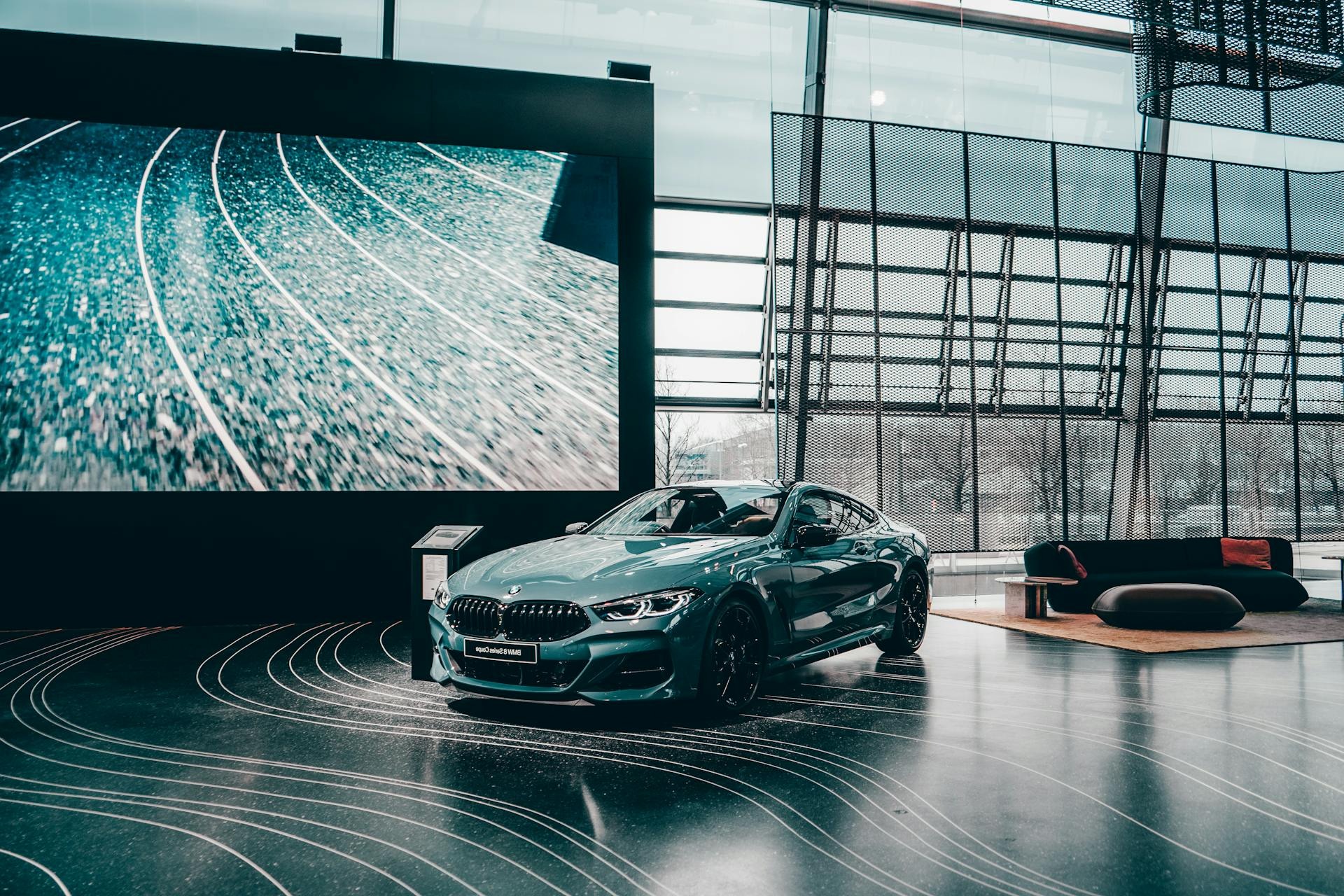The Tech-Driven Retail Renaissance: The Future of Brick-and-Mortar

The retail industry is undergoing a monumental transformation, driven by the advancements in technology. Traditional brick-and-mortar stores are embracing innovation to stay relevant in the digital age and provide customers with a unique shopping experience. From augmented and virtual reality to contactless payments and AI-powered inventory management, technology is revolutionizing the way we shop in physical stores. In this article, we will explore the various ways in which technology is shaping the future of brick-and-mortar retail and how retailers can adapt to the new retail landscape.
Embracing innovation: How technology is transforming brick-and-mortar
In today’s fast-paced world, it is crucial for retailers to adapt to the latest technological advancements to meet the changing demands of consumers. By embracing innovation, brick-and-mortar stores can create a seamless shopping experience that combines the convenience of online shopping with the tactile experience of physical stores. Technologies such as mobile apps, digital signage, and smart shelves are revolutionizing the way customers interact with products and make purchasing decisions.
Mobile apps enable customers to browse products, check inventory availability, and receive personalized recommendations while in-store. Digital signage provides dynamic and interactive displays that can showcase product information, promotions, and customer reviews. Smart shelves equipped with sensors can detect when a product is running low and automatically reorder it, ensuring that shelves are always stocked.

Enhancing the in-store experience with cutting-edge tech solutions
One of the key advantages of brick-and-mortar stores is the ability to provide customers with a personalized and immersive shopping experience. Technology is playing a significant role in enhancing this experience by enabling retailers to offer interactive and engaging solutions. For example, beacon technology allows retailers to send personalized offers and recommendations to customers’ smartphones based on their location within the store. This not only enhances the customer experience but also increases the likelihood of making a sale.
Virtual reality (VR) and augmented reality (AR) are also transforming the in-store experience. With VR, customers can virtually try on clothing or visualize how furniture will look in their homes. AR, on the other hand, overlays digital information onto the real world, allowing customers to see additional product details or virtual demonstrations. These immersive technologies provide customers with a unique and memorable shopping experience, ultimately driving sales and brand loyalty.
The power of data: Leveraging technology for personalized shopping
Data has become the lifeblood of the retail industry, and technology is enabling retailers to collect and analyze vast amounts of customer data. By leveraging this data, retailers can gain valuable insights into customer preferences, behaviors, and purchase history, allowing them to personalize the shopping experience. For example, a customer’s past purchases can be used to recommend similar products or offer exclusive discounts.
In addition to personalization, data can also be used to optimize store layouts and product placements. By analyzing foot traffic patterns and heatmaps, retailers can identify high-traffic areas and strategically place products for maximum visibility and sales. This data-driven approach allows retailers to make informed decisions and create a shopping environment tailored to their customers’ needs.
As technology continues to advance, the future of brick-and-mortar retail looks promising. From seamless checkout processes to immersive VR experiences, technology is reshaping the way we shop in physical stores. However, with these opportunities come challenges. Retailers must adapt to the new retail landscape, invest in the right technologies, and ensure that the human touch remains central to the shopping experience. By embracing the tech-driven retail renaissance, retailers can stay competitive, attract customers, and create a shopping experience that seamlessly blends the digital and physical worlds.
FAQs:
- How is technology transforming brick-and-mortar retail?Technology is transforming brick-and-mortar retail by enhancing the in-store experience, leveraging data for personalized shopping, integrating online and offline retail, and revolutionizing checkout processes.
- What are some cutting-edge tech solutions used in retail stores?Some cutting-edge tech solutions used in retail stores include mobile apps, digital signage, smart shelves, beacon technology, virtual reality (VR), and augmented reality (AR).
- How can data be leveraged to personalize the shopping experience?By analyzing customer data, retailers can gain insights into customer preferences and behaviors, allowing them to offer personalized recommendations, exclusive discounts, and tailored shopping experiences.
- How can the integration of online and offline retail benefit customers?The integration of online and offline retail can benefit customers by providing a seamless shopping experience, allowing them to browse products, check inventory availability, and make purchases both online and in-store.
- What challenges do retailers face in the tech-driven retail landscape?Retailers face challenges such as keeping up with rapidly evolving technology, investing in the right solutions, and ensuring that the human touch remains central to the shopping experience.




